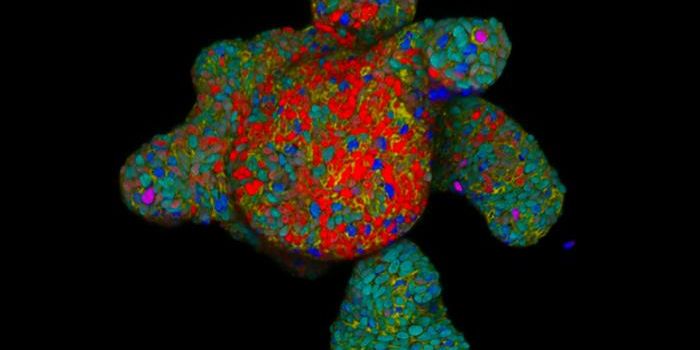Genetic Studies Reveal the Violent Past of Scandinavian Settlers
New research has suggested that when the first farmers arrived in Scandinavia almost 6,000 years ago, the existing hunter-gatherers that lived in the area were eliminated within only a few generations. These findings are based on a genetic analysis of skeletons and teeth that were recovered in what is now Denmark. The research has been reported in four different publications in Nature.
The studies have analyzed the genomes from about 100 skeletons with sophisticated genetic tools. The work indicated that over the past 7,300 years, there have been two near complete population turnovers among the people living in the area now known as Denmark.
The first event was about 5,900 years ago, in which farmers with different appearances and ancestry drove out another population of people who lived in Scandinavia and practiced gathering, hunting, and fishing. The genetics of the local population had been heterogeneous and displayed certain characteristics, up to about 5,900 years ago, when the genetics of the individuals in the area reveals the arrival of a new group.
Referring to that initial population turnover event, study co-author and head of the Radiocarbon Dating Laboratory at Lund University, Anne Birgitte Nielsen, noted that, "this transition has previously been presented as peaceful. However, our study indicates the opposite. In addition to violent death, it is likely that new pathogens from livestock finished off many gatherers."
The next population turnover event happened about 4,850 years ago. This time, livestock herders known as the Yamnaya who had origins in southern Russia arrived on the scene and another major change occurred in which the local population was dramatically altered. Both violence and disease may have been involved this time as well. The new Scandinavian population tamed animals, domesticated cattle, and used horses and carts to live out a semi-nomadic life.
The genetic profile that is now dominant in modern Denmark shows that the people who settled in the area were a mixture of Yamnaya and Eastern European Neolithic people. The initial population of farmers was basically eliminated.
"This time there was also a rapid population turnover, with virtually no descendants from the predecessors," explained Nielsen. While the investigators did not have access to as much genetic material from Sweden, the results they found were similar. "In other words, many Swedes are to a great extent also descendants of these semi-nomads."
This research has revealed more about the movement of humans over time, and provided a deeper understanding of how ancient people may have interacted. The work has revealed more about the development and impact of certain diseases as well. It also used a variety of techniques, including an analysis of changes in vegetation.
Sources: Lund University, Nature









